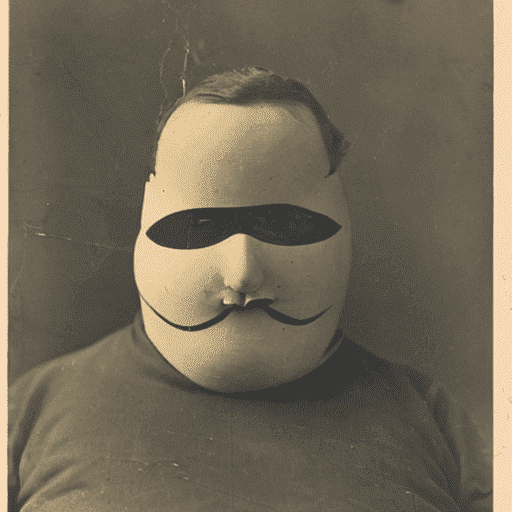A few months back I wrote a Spectator piece about a phenomenal new ‘neural network’ – a subspecies of artificial intelligence – which promises to revolutionise art and how humans interact with art. The network is called Dall-e 2, and it remains a remarkable chunk of not-quite-sentient tech. However, such is the astonishing, accelerating speed of development in AI, Dall-e 2 has already been overtaken. And then some.
Just last week a British company called Stability AI launched an artificial intelligence model which has been richly fed, like a lean greyhound given fillet steak, on several billion images, equipping it to make brand new images when prompted by a linguistic message. It is called Stable Diffusion and it is revolutionary in multiple ways, perhaps the most important being this: unlike other models, the ‘owners’ are letting anyone use Stable Diffusion from the get-go (with intrinsic restrictions on sexual or prejudicial imagery and so on). You can try it slowly and for free here, or you can speed things up and pay about a penny an image at the highly user-friendly version here.
So, is it any good? To answer this, the best way is to show you what it can do: what I managed to produce with a few hours of experimentation.
Early on I realised that Stable Diffusion is not that great – at least in my inexpert hands – at producing perfect set images to order. For example, I tried to produce a simulacrum of a Guardian illustration of a panda sitting on a psychiatrist’s couch. The best I got after half an hour was a pensive fox staring at a bearded old guy. Who had three legs. Not great. And yet I could also sense the potential: staring at the dashboard of Stable Diffusion, it felt like I was sitting in the cockpit of an early jet plane and for some daft reason I was forcing it to take me shopping.
At this point I decided to let Stable Diffusion off the leash. Treat it as a superbly talented, enormously imaginative, possibly brain damaged and decidedly drunken collaborator. A wayward genius prone to boredom, and requiring a few nudges and hints. Within this dynamic, I would let Stable Diffusion guide me where it wanted to go.
Instead of strict instructions, I mentally gave it a target: make something scary. Something truly shocking. I am a thriller writer, after all, and I love horror movies. I also decided to focus on creating photographs, because for me they have a natural creepiness. Consequently, I decided to create some weird new ‘old photographs’. And immediately, I started getting better results. The image at the top of the page is one of them. Here are a few more.



I spent happy hours doing this, and I was quite pleased with the images produced. They are – to me – unsettling, strange, eerie. Which is definitely what I was aiming at. Yet they are not really scary.
By this time I’d realised that the words you use in your prompt are super important. So important that a new word – promptcraft – has been coined to describe the skill. Mustering my best promptcraft I went through a load of provocative words, and eventually alighted on ‘albino’ – and I put it in my prompts. Something in this word – its sad associations with fear, loneliness, illness – sent the machine into overdrive. Now it was churning out properly horrible images:



There were dozens of ‘photos’ like this: deeply strange, powerfully creepy. And then I peaked with one particular image, which makes me flinch even now. Here it is:

Sorry about that. But you need to see it to sense the power of Stable Diffusion. This is not a little car you are taking to the shops, this is a jet plane capable of soaring into the stratosphere. And remember, the machine is whisking these images out of the egg-white of artistic history in seconds. Though it needed me – or some other friendly human – to hone the prompts.
What does this mean for visual art in the future? I reckon it means everything changes. We are only at the beginning of the AI art revolution, but this feels like a singularity. A moment when creativity will be transformed. And this is true of the moving visual arts as much as drawings, photos, paintings. The Stable Diffusion guys promise kinetic versions of the art model very soon, complete with audio, 3D, animation, you name it. It is, for artists everywhere, a moment that is as scary as it is exciting. Though hopefully not as scary as the screaming albino kid in that photo.






Comments